Pitch People (1999)
The true story of the world's second oldest profession.
ジャンル : ドキュメンタリー
上映時間 : 1時間 27分
演出 : Stanley Jacobs
シノプシス
Pitch People is a documentary film that focuses on the role the art of the "pitch" has played in society. It was produced in 1999 and includes interviews with many of the pitch industry's greatest salesmen, including Arnold Morris, Sandy Mason, Lester Morris, Wally Nash and Ed McMahon as well as a look at the Popeil family.
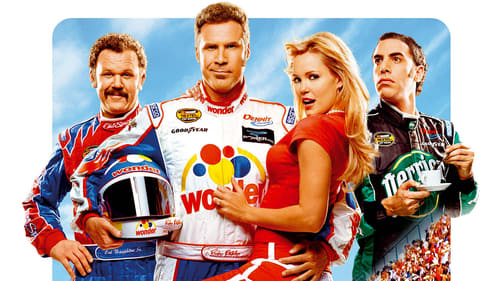
The fastest man on four wheels, Ricky Bobby is one of the greatest drivers in NASCAR history. A big, hairy American winning machine, Ricky has everything a dimwitted daredevil could want, a luxurious mansion, a smokin' hot wife and all the fast food he can eat. But Ricky's turbo-charged lifestyle hits an unexpected speed bump when he's bested by flamboyant Euro-idiot Jean Girard and reduced to a fear-ridden wreck.

広告会社社長のロジャー・ソーンヒルは多忙で、今も秘書をタクシーに乗せて車内でスケジュールの確認中である。プラザ・ホテルで一人降りたソーンヒルは友人たちの待つラウンジへ向う。酒を飲む前に電報を打つ用事を思い出したソーンヒルはボーイに向って手を挙げるが、その手と”お客様のジョージ・カプラン様”の呼び出しの声が重なった。その様子を見ていた二人組は席を立ったソーンヒルに銃を突きつけ、人知れず車に乗せる。それはNYからラシュモア山までの苦難の道のりの始まりであった。

自らの地位を広告会社の重役まで押し上げた、野心的な女性クリスティーン。アシスタントのイザベルは、そんなクリスティーンを羨望のまなざしで見つめていた。しかし、狡猾なクリスティーンにアイデアを横取りされ、恋人にも裏切られてしまったイザベルは、クリスティーンへの殺意を抱くようになり…。
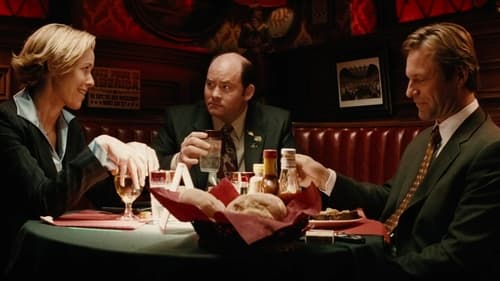
Nick Naylor is a charismatic spin-doctor for Big Tobacco who'll fight to protect America's right to smoke -- even if it kills him -- while still remaining a role model for his 12-year old son. When he incurs the wrath of a senator bent on snuffing out cigarettes, Nick's powers of "filtering the truth" will be put to the test.

Amalgamated Dairies hires David Rutherford, an FBI man turned industrial saboteur, to investigate a popular new product called “the Stuff,” a new dessert product that is blowing ice cream sales out of the water. Nobody knows how it’s made or what’s in it, but people are lining up to buy it. It's got a delicious flavor to die for!

Helvetica is a feature-length independent film about typography, graphic design and global visual culture. It looks at the proliferation of one typeface (which will celebrate its 50th birthday in 2007) as part of a larger conversation about the way type affects our lives. The film is an exploration of urban spaces in major cities and the type that inhabits them, and a fluid discussion with renowned designers about their work, the creative process, and the choices and aesthetics behind their use of type.

Since the late 18th century American legal decision that the business corporation organizational model is legally a person, it has become a dominant economic, political and social force around the globe. This film takes an in-depth psychological examination of the organization model through various case studies. What the study illustrates is that in the its behaviour, this type of "person" typically acts like a dangerously destructive psychopath without conscience. Furthermore, we see the profound threat this psychopath has for our world and our future, but also how the people with courage, intelligence and determination can do to stop it.

A comedy about an absent-minded man who works at a advertising company and topples from one problem to another.

Advertising execs Melanie Welsh and Donovan Goodwin disagree on a cellphone Christmas commercial they’re pitching. He says his sleek design will win over the client but she knows it lacks holiday spirit.
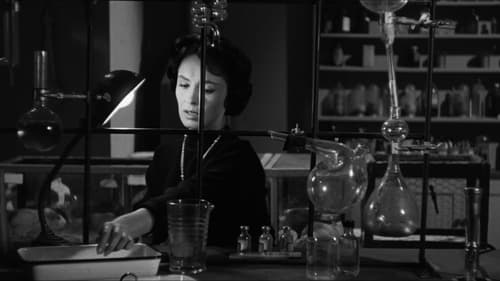
The head of a major cosmetics company experiments on herself with a youth formula made from royal jelly extracted from wasps, but the formula's side effects have deadly consequences.

Pressure from his boss and a skin-cream client produces a talking boil on a British adman's neck.
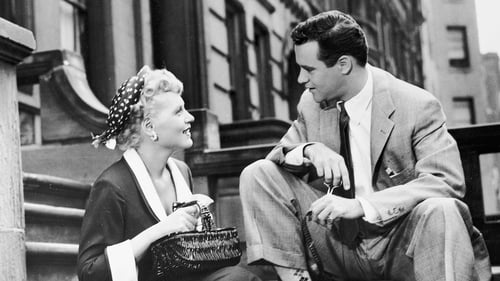
Gladys Glover has just lost her modeling job when she meets filmmaker Pete Sheppard shooting a documentary in Central Park. For Pete it's love at first sight, but Gladys has her mind on other things, making a name for herself. Through a fluke of advertising she winds up with her name plastered over 10 billboards throughout city.
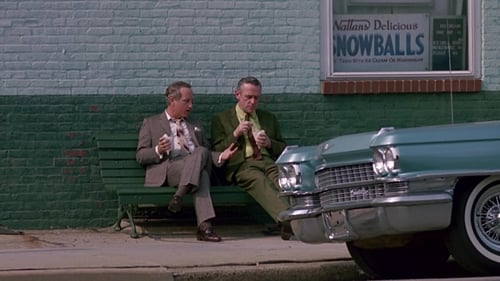
A minor car accident drives two rival aluminum-siding salesmen to the ridiculous extremes of man versus man in 1963 Baltimore.
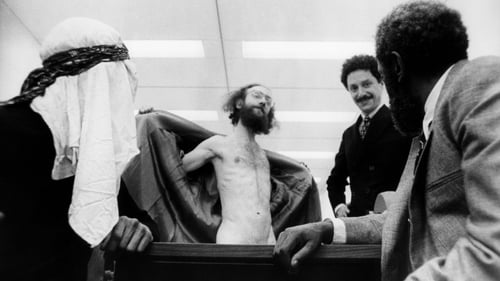
Swope—the only black man on the executive board of an advertising firm—is accidentally put in charge after the death of the chairman.

Programming the Nation? takes an encompassing look at the history of subliminal messaging in America. According to many authorities, since the late 1950s subliminal content has been tested and delivered through all forms of mass-media including Hollywood filmmakers Alfred Hitchcock and William Friedkin. Even our modern military has been accused of these practices in the "war on terror" against soldiers and civilians both abroad and at home. With eye-opening footage, revealing interviews, humorous anecdotes, and an array of visual effects, the film categorically explores the alleged usage of subliminals in advertising, music, film, television, anti-theft devices, political propaganda, military psychological operations, and advanced weapons development. Director Jeff Warrick makes it his personal mission to determine if these manipulative tactics have succeeded in "programming the nation?" Or, if subliminal messaging belongs in the category of what many consider urban legend.

While trying to expose corruption and greed, television reporter Edison Carter discovers that his employer, Network 23, has created a new form of subliminal advertising (termed "blip-verts") that can be fatal to certain viewers.
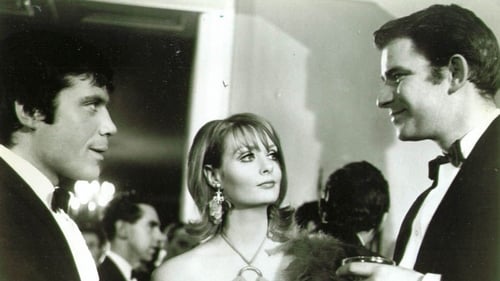
Advertising golden boy Andrew Quint is fed up with his fabulously successful life. In very dramatic fashion, he quits his job to return to writing for a small literary magazine. He wants to leave his former life behind, going as far as saying good-bye to his wife and mistresses. He finds, however, that it's not so easy to escape the past.

Arguing that advertising not only sells things, but also ideas about the world, media scholar Sut Jhally offers a blistering analysis of commercial culture's inability to let go of reactionary gender representations. Jhally's starting point is the breakthrough work of the late sociologist Erving Goffman, whose 1959 book The Presentation of the Self in Everyday Life prefigured the growing field of performance studies. Jhally applies Goffman's analysis of the body in print advertising to hundreds of print ads today, uncovering an astonishing pattern of regressive and destructive gender codes. By looking beyond advertising as a medium that simply sells products, and beyond analyses of gender that tend to focus on either biology or objectification, The Codes of Gender offers important insights into the social construction of masculinity and femininity, the relationship between gender and power, and the everyday performance of cultural norms.
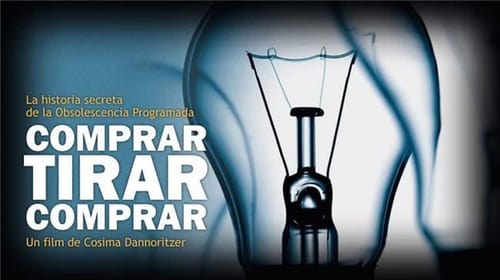
Once upon a time... consumer goods were built to last. Then, in the 1920’s, a group of businessmen realized that the longer their product lasted, the less money they made, thus Planned Obsolescence was born, and manufacturers have been engineering products to fail ever since. Combining investigative research and rare archive footage with analysis by those working on ways to save both the economy and the environment, this documentary charts the creation of ‘engineering to fail’, its rise to prominence and its recent fall from grace.

What happens when you secretly pay someone to romance your Mom?




















